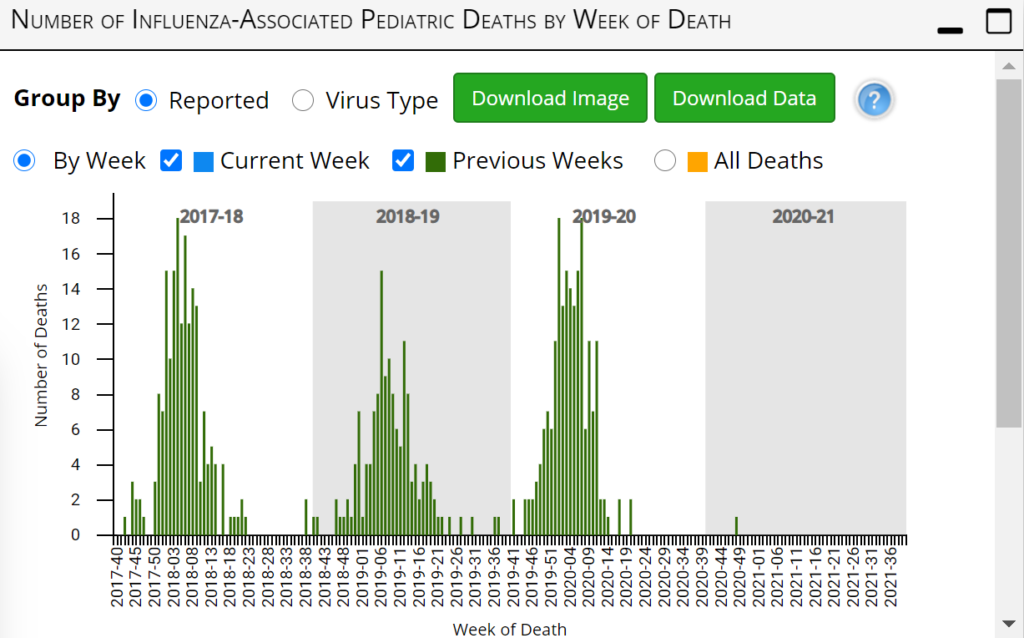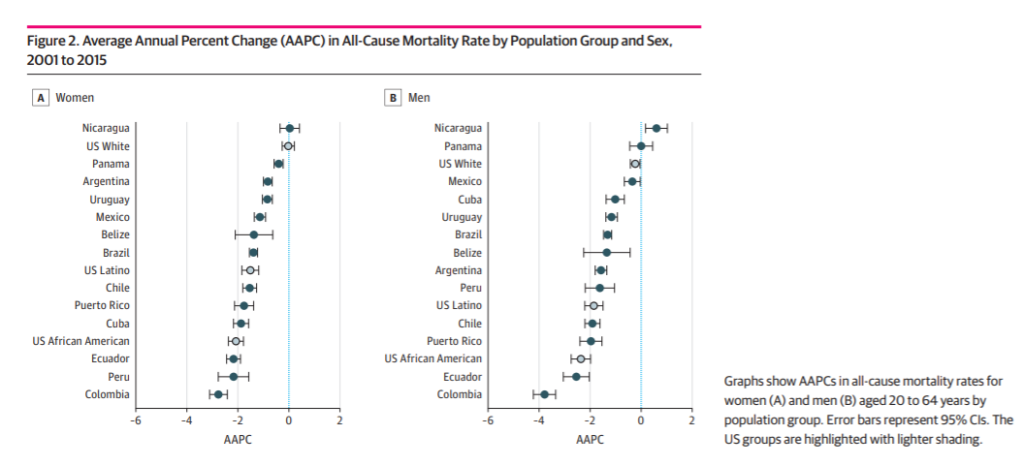Link: https://marypatcampbell.substack.com/p/mortality-with-meep-the-society-of
Graphic:

Excerpt:
The first big improvement in the U.S. was in child mortality in the early 20th century — public health measures helped all ages, but the youngest the most. Then antibiotics and more and more vaccines improved mortality across the board, with children and young adults getting the most benefits. Improved auto safety and more stringent drunk driving laws helped all ages, but young adults the most (because they were the most idiotic drivers). We’ve seen improvements in middle age into old age due to reduced smoking and improved medical treatments — people who used to get their first heart attack in their 50s now see their first heart attack in their 70s… and it’s a lot less fatal now. And we’ve had amazing improvement in mortality at older ages.
It is very tempting to write a book about all the mortality trends we’ve got going on. The CDC has the data. They’ve issued reports on it. But few people really want to think about death. I’ll add it to my ever-expanding list of project ideas… (hey, Actuarial News was an idea for me for over a year… and now it’s here!)
Author(s): Mary Pat Campbell
Publication Date: 1 March 2021
Publication Site: STUMP on Substack

